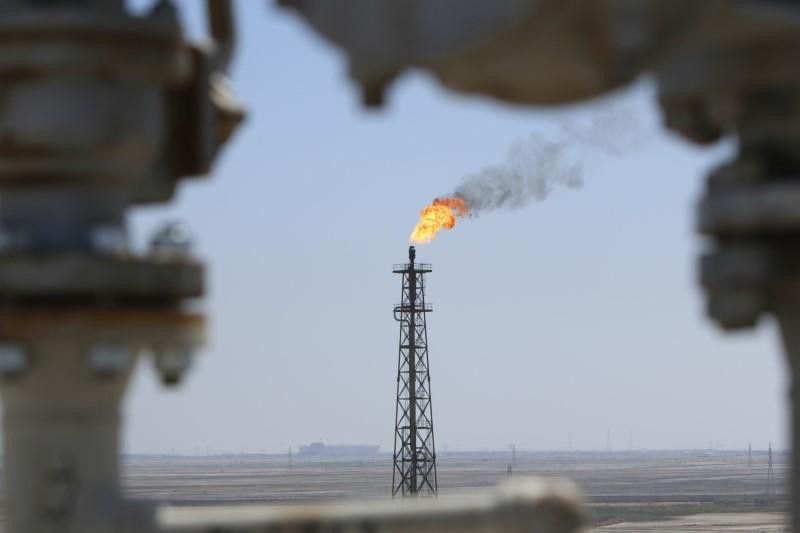
Oil prices slipped after early gains on Wednesday, though a potential drop in US crude stocks and tighter supplies capped losses.
Brent crude futures were at $84.56 a barrel by 1101 GMT, down $0.22, or 0.3%, after touching a session high of $85.50.
US West Texas Intermediate (WTI) crude futures fell by $0.49, or 0.6%, to $83.66 after rising close to $85.
Market sources said that API data showed US crude stocks declined by 2.5 million barrels for the week to November 5, defying analysts' estimates for a 2.1 million build in crude stocks in a Reuters poll.
"After the strong rally over the last few days, oil prices are in a wait and see mode," said UBS analyst Giovanni Staunovo.
"Market participants will closely watch if the EIA will confirm the large draws for crude and oil products and on the next moves from the US administration."
US Energy Information Administration (EIA) official oil inventory data is expected later on Wednesday.
Further underpinning the view the market remains tight, trading giant Vitol Group's CEO, Russell Hardy, said on Tuesday that oil demand had returned to pre-pandemic levels and demand in the first quarter of 2022 could exceed 2019 levels.
"The possibility of a spike to $100 per barrel is clearly there," Hardy told the Reuters Commodities Summit.
Market gains on Tuesday were mainly driven by a short-term outlook from the EIA, which projected gasoline prices would fall over the next few months.
That was a key factor US President Joe Biden had been watching to determine whether to release oil from the Strategic Petroleum Reserve amid concern over recent soaring gasoline prices.
Hardy said that a potential SPR release is likely to have only a short-term impact on the oil market.
"The EIA report ... does curb concerns that the US will release oil from its Strategic Petroleum Reserve (SPR)," Commonwealth Bank analyst Vivek Dhar said in a note.



1730806656-0/BeFunky-collage-(23)1730806656-0-165x106.webp)











1730706072-0/Copy-of-Untitled-(2)1730706072-0-270x192.webp)
COMMENTS
Comments are moderated and generally will be posted if they are on-topic and not abusive.
For more information, please see our Comments FAQ